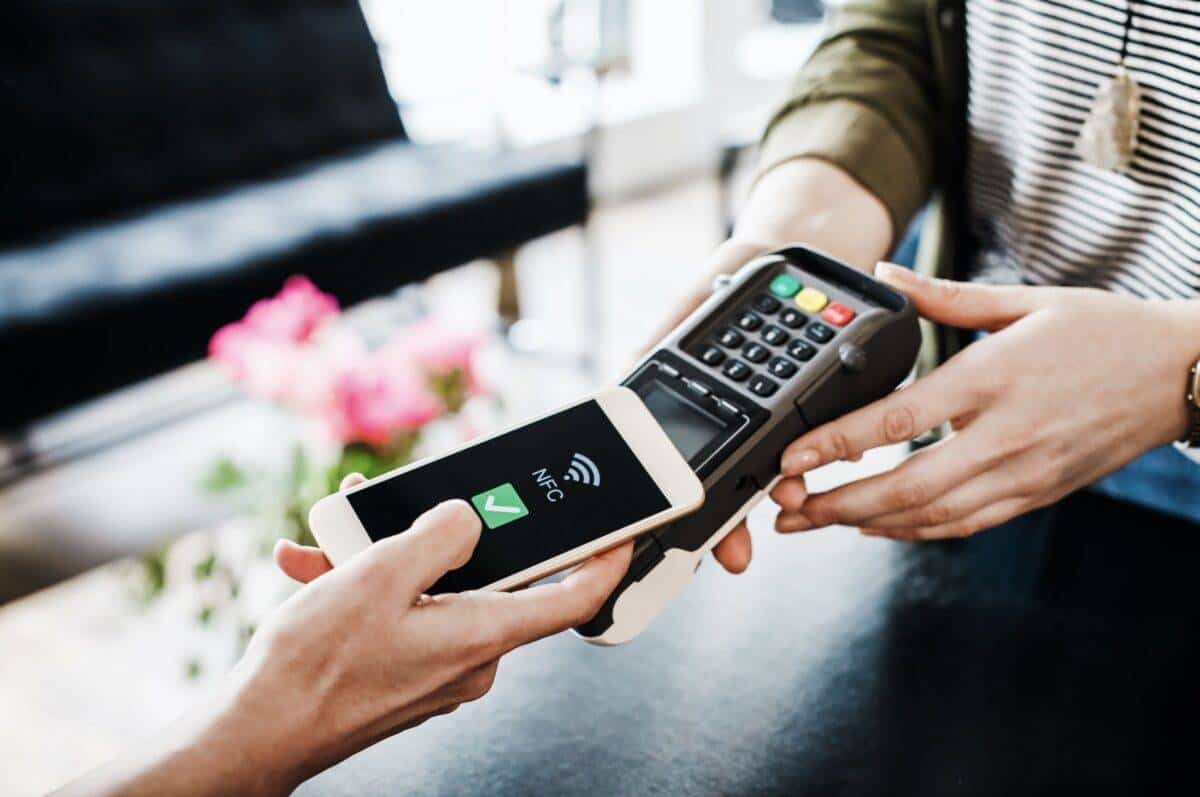Real-time payment infrastructure has been encouraging specialized payment operators to offer innovative solutions, and supportive government regulations are contributing to a rapid rise in GCC payment revenues.
New local, regional, and worldwide payment providers and new government and regulatory initiatives are improving digital payment usage. In addition, as in other areas, the COVID-19 pandemic has hastened the transition to digital payment methods and caused people to shun cash.
According to the latest Boston Consulting Group (BCG) report, “Global Payments 2022: The New Growth Game,” GCC countries will also witness a decrease in non-digital payments.
Saudi Arabia
Saudi Arabia’s payment revenues are projected to reach US$ 28.3 billion by 2031, increasing at a CAGR of 11.2 percent between 2021 and 2031, according to BCG’s 20th annual review of the sector.
Revenue streams from current accounts, credit cards, and electronic credit transfers will be particularly robust.
The Kingdom has experienced substantial growth in digital payments due to the country’s strategic ambitions for the financial industry as part of Vision 2030. And the government is on track to meet its goal of domestic online payments adoption of 70 percent by 2025.
The UAE
Payment revenues in the UAE is likely to reach US$ 18.7 billion by 2031, increasing a CAGR of 7.7 percent in payment revenues between 2021 and 2031.
Earnings from revolving accounts like checking, savings, and money market accounts will also do well.
Kuwait
BCG’s 20th annual review of the payments business in Kuwait predicts a CAGR of 5.2 percent in payment revenues between 2021 and 2031.
Kuwaiti payment revenues are projected to reach $3.2 billion by 2031.
The current account, credit transfer, and debit/credit card income will be particularly robust.
Bahrain
Bahrain’s payment revenues are projected to hit US$ 2 bn by 2031, rising at a CAGR of 10.4 percent between 2021 and 2031.
Credit card sales, electronic funds transfers, and current account transfers will contribute significantly to revenue growth.
Payment trends
According to CG’s report, these Four Trends are driving the Global Payments Industry, which will also affect GCC countries:
Non-profitable growth is over. Payments companies must be profitable to attract customers and investors.
Electronic payments are growing. Cash-to-noncash conversion, e-commerce expansion, and fee integration into retail and corporate client journeys will drive global payments revenues.
Central bank digital currencies (CBDCs) are growing. CBDCs are being modified to supplement cash with digital significant bank money to speed up monetary policy.
Regulators are scrutinizing payment companies. Market participants must manage financial, compliance, cyber, and crypto risks to protect their firms during expansion.
Online shopping
Findings from Checkout.com’s Third Digital Transformation Report in the Middle East and North Africa reveal that 91 percent of consumers in the region routinely purchase online.
In 2023, 88 percent of local consumers plan to keep up with or grow their online purchases.
Seventy percent of regional consumers say that electronic payment is their preferred method.
A staggering nine percent of GCC residents make daily purchases from online retailers.
With an estimated 209 million people making purchases online at the height of the pandemic, e-commerce in the MENA area has grown faster than anywhere else in the globe over the previous three years.
Checkout.com’s third annual research on digital transformation in the region shows that customers are spending more time on their digital devices, and hence more money, on the back of the end of the pandemic-imposed closures and the subsequent rise in e-commerce users.
There was an increase from last year’s 87 percent of consumers who used e-commerce to this year’s 91 percent, as reported by the study. In light of this, it’s clear that consumers want more options and greater convenience when purchasing online.

